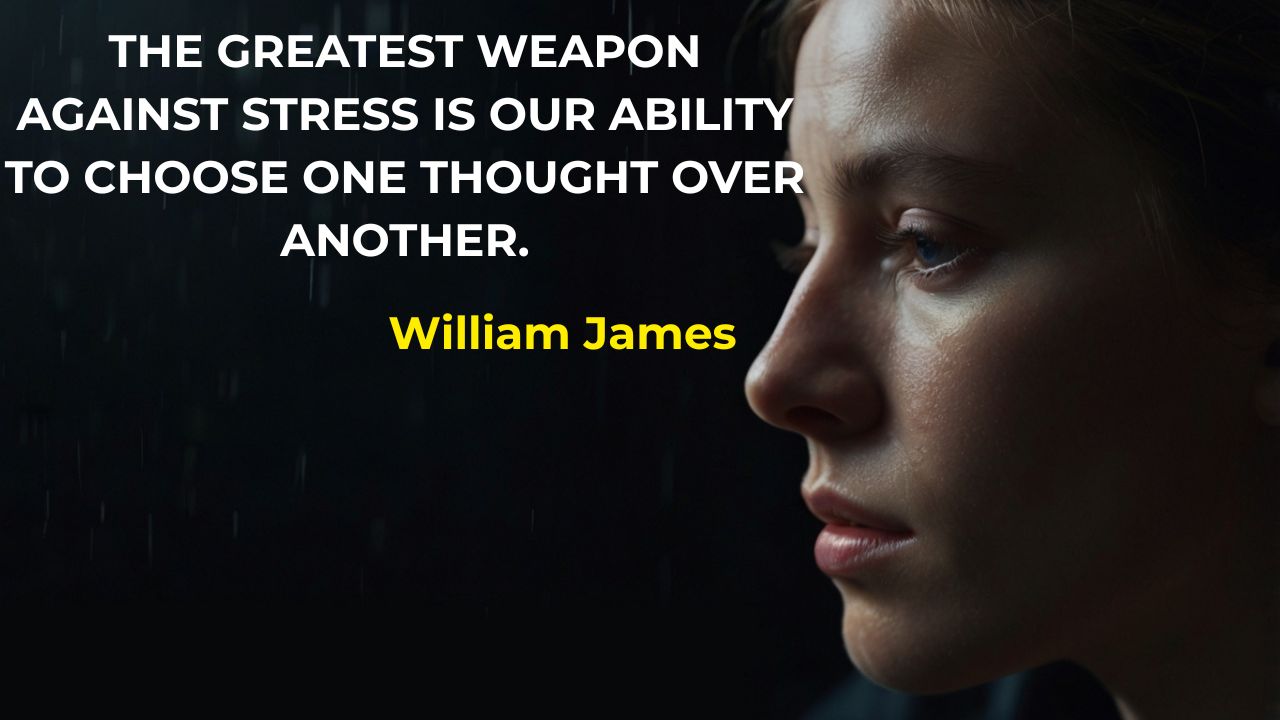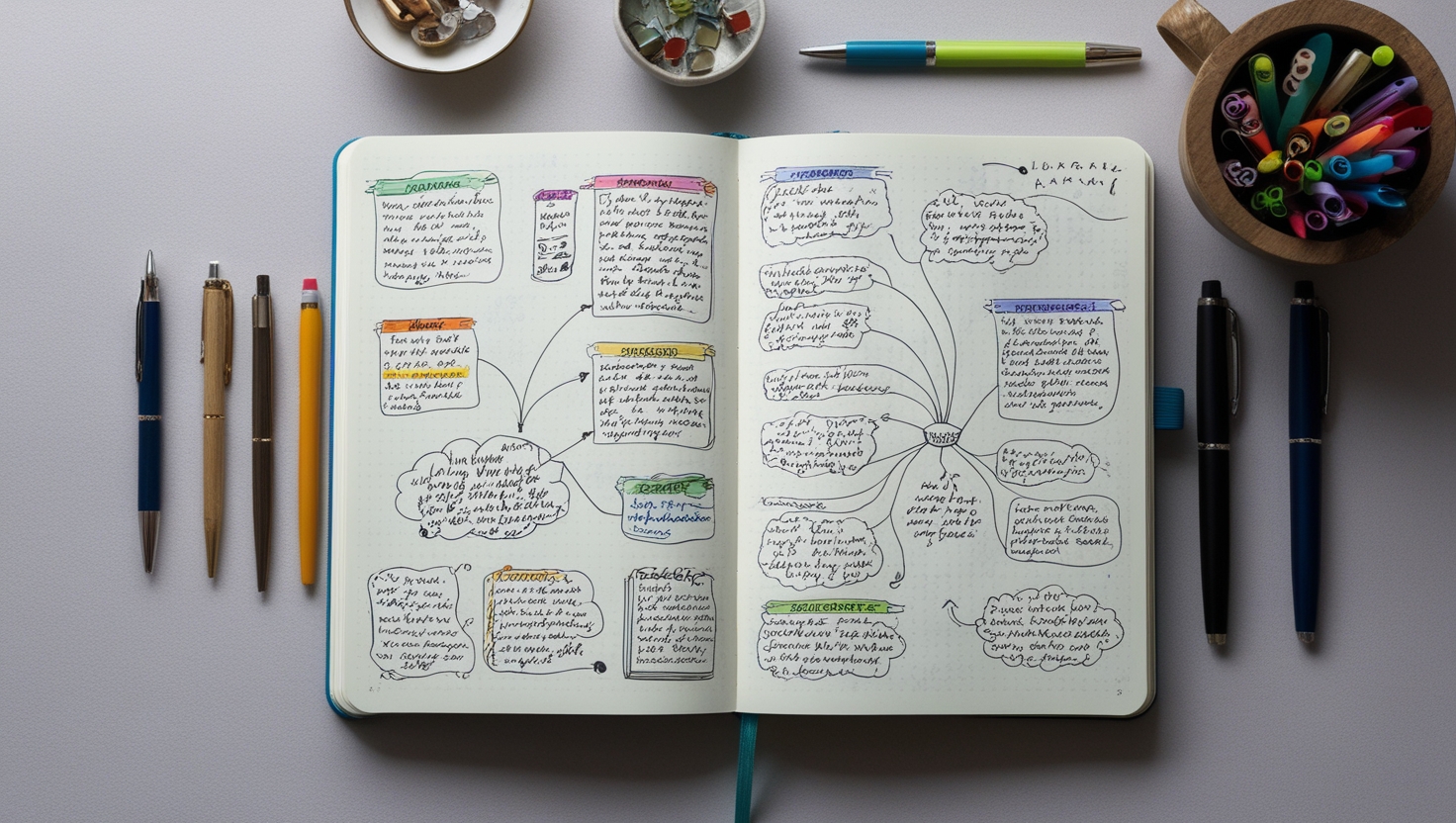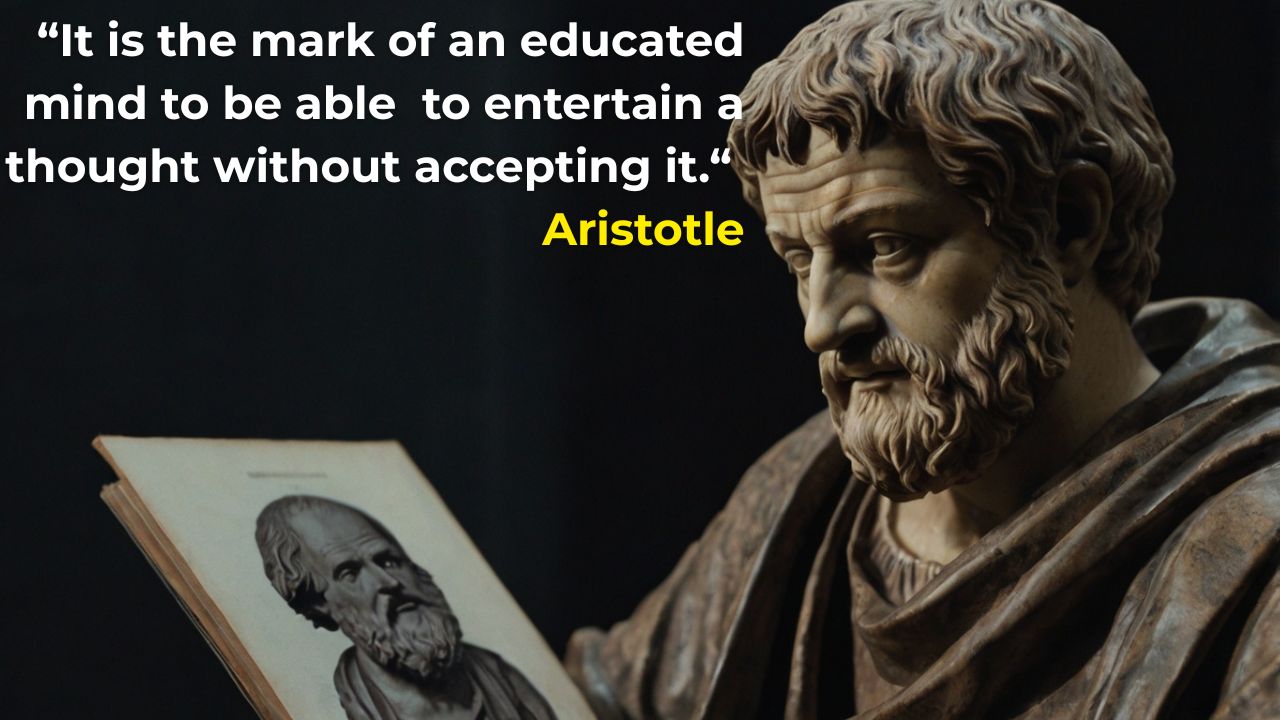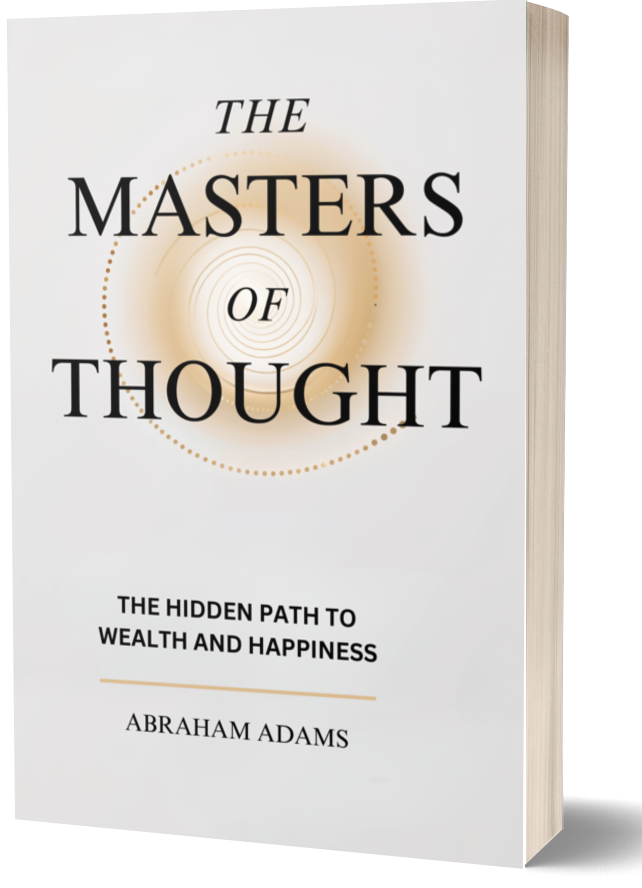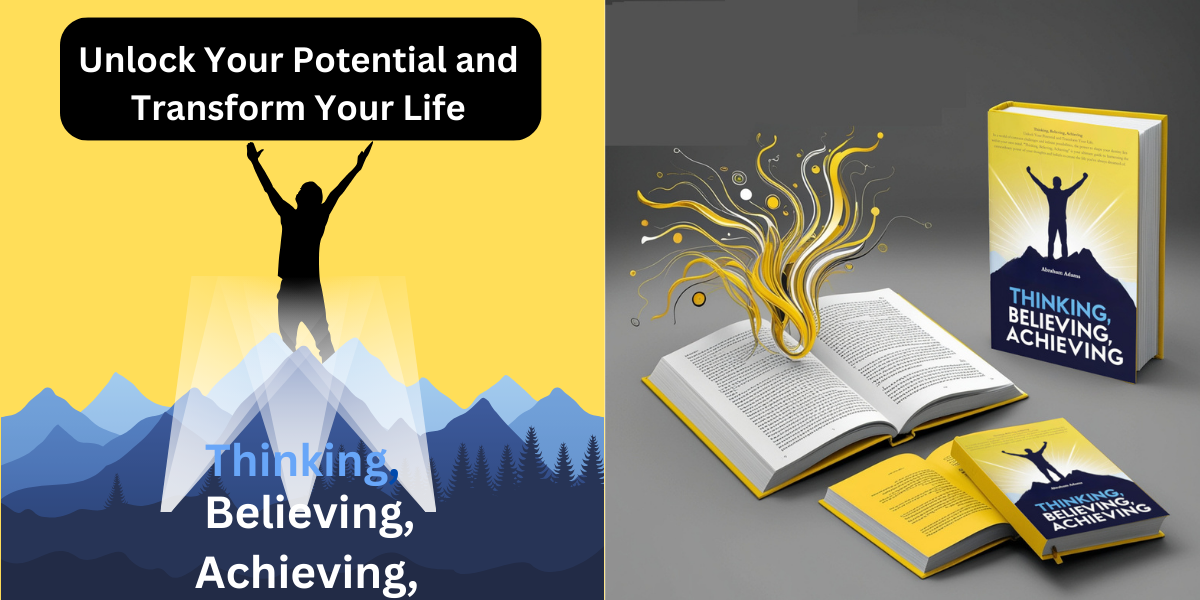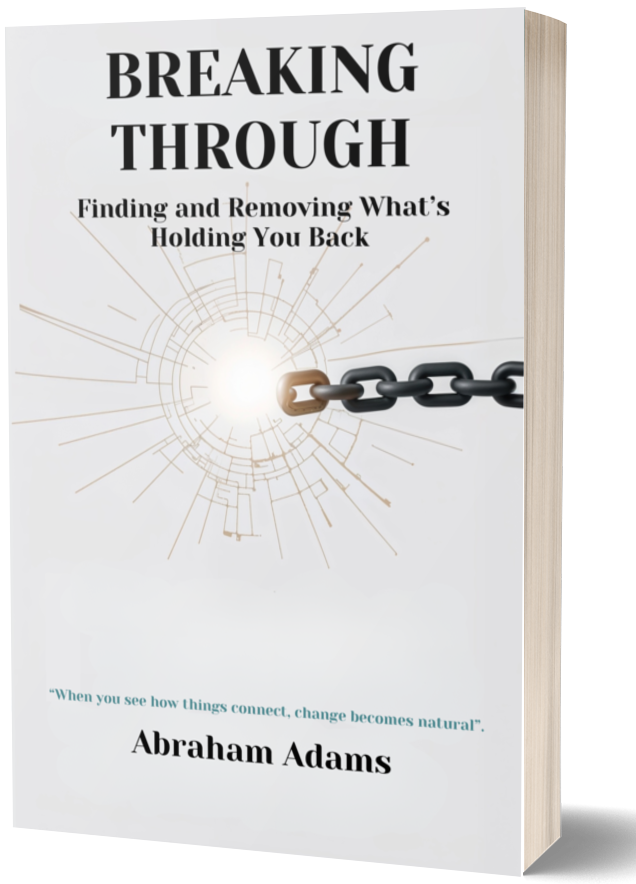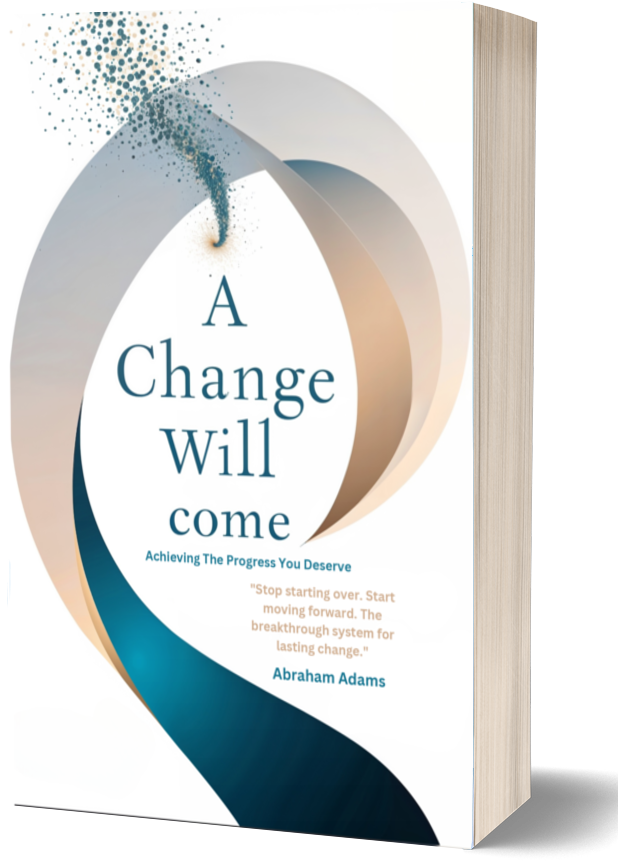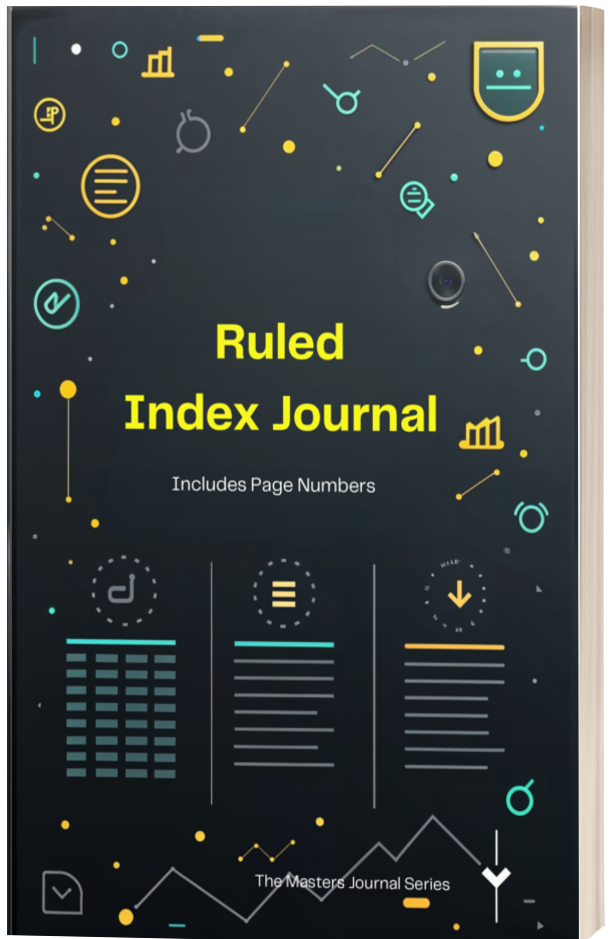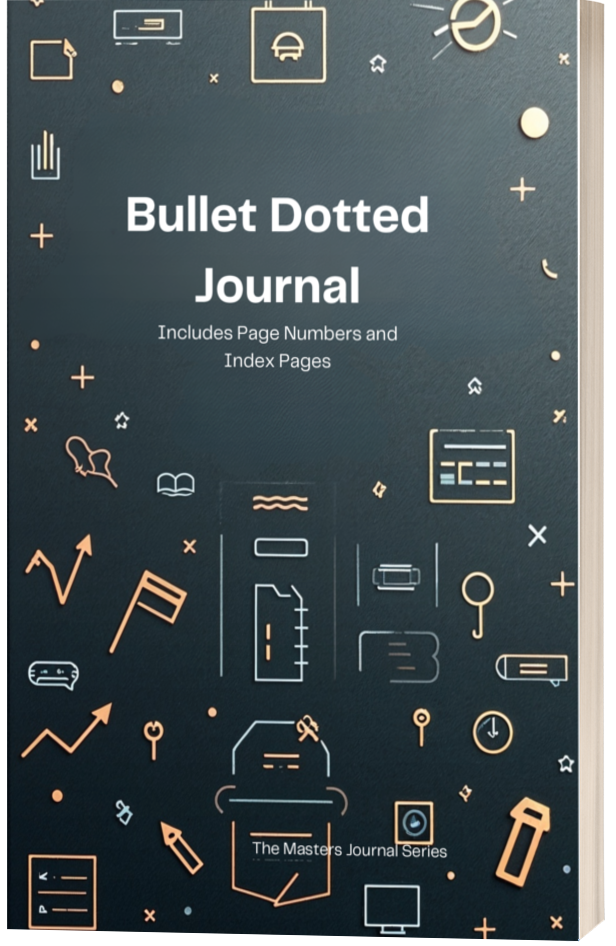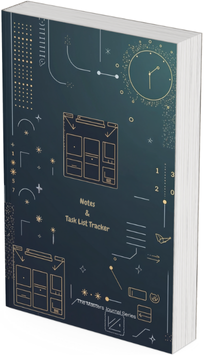Super User
Understanding The Current Reality Tree
Understanding the Current Reality Tree: A Practical Tool for Problem Solving
Life presents us with many challenges—procrastination, stress, conflict, and so on. When we face a problem, it can feel overwhelming and difficult to know where to begin in finding a solution. A useful tool to help you understand the root of your problems is the Current Reality Tree (CRT). This method helps you dig beneath the surface to uncover the true causes of your problems and shows you how to solve them more effectively.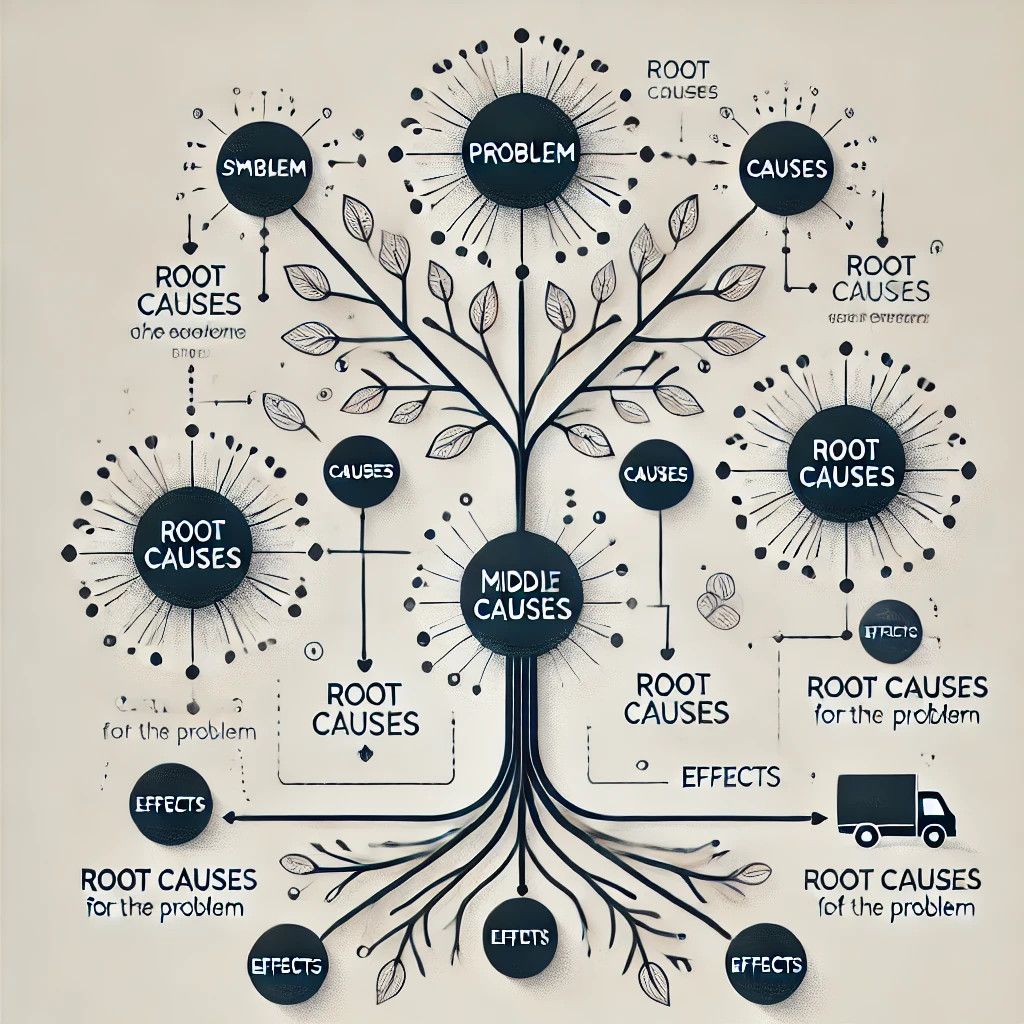
Let’s break down how the Current Reality Tree works and how it can be used to solve problems you're experiencing right now.
What is the Current Reality Tree?
The Current Reality Tree is a problem-solving tool that helps you identify the root causes of your issues. Rather than just dealing with the symptoms (such as procrastination or stress), the CRT digs deeper to uncover the real factors that are contributing to these issues. By solving the root causes, you can resolve the problem in a more lasting way.
The tree is structured in the following way:
1. The Problem (Top of the Tree) – The issue or symptom you're experiencing.
2. The Causes (Branches) – The deeper issues or factors contributing to the problem.
3. The Root Causes (Bottom Leaves) – The underlying causes that lead to the issues.
4. The Effects (Consequences) – The negative outcomes or consequences resulting from the problem.
How Does the Current Reality Tree Work?
Here’s a step-by-step guide to using the Current Reality Tree:
Step 1: Identify the Problem (Top of the Tree)
The first step is to define the problem or symptom you’re experiencing. This is the thing that’s bothering you right now, the issue that’s making you feel stuck. This goes at the top of the tree.
For example, if you're procrastinating:
• Problem: "I am procrastinating and not completing my tasks on time."
This is the surface-level issue you're dealing with, and it forms the top of your tree.
Step 2: Identify the Causes (Branches of the Tree)
Next, you need to explore the causes that are contributing to this problem. Ask yourself, "Why is this happening?" By identifying the causes, you can trace the path of how they lead to the main problem. The causes form the branches of your tree.
For procrastination, possible causes might include:
◇ Cause 1: "I feel overwhelmed by the tasks I need to complete."
◇ Cause 2: "I don’t manage my time well."
◇ Cause 3: "I have a fear of failure and avoid starting tasks because of it."
These causes are contributing to the problem of procrastination, and they appear as the branches in the tree structure.
Step 3: Identify the Root Causes (Bottom Leaves)
Now, we move deeper. At the bottom of the tree, you'll identify the root causes—the deeper, often hidden factors that are triggering the causes you've already listed. These root causes are the fundamental issues that, when solved, can address the problem at its core.
For example, the root causes of procrastination could include:
◇ Root Cause 1: "I have poor stress management skills."
◇ Root Cause 2: "I lack self-confidence and fear not succeeding."
◇ Root Cause 3: "I don’t have clear goals or priorities."
These root causes are at the very bottom of the tree, and they lead to the branches (causes) that ultimately result in the problem (procrastination).
Step 4: Identify the Effects (Consequences of the Problem)
The effects are the negative outcomes that result from the problem you're facing. These are the consequences that occur because the problem (procrastination) exists, and they form the effects of the tree.
For procrastination, the effects might include:
◇ Effect 1: "I miss deadlines and have to rush to complete tasks."
◇ Effect 2: "I feel stressed and anxious about unfinished work."
◇ Effect 3: "My productivity drops, and I don’t make progress on my goals."
These effects stem directly from the problem at the top (procrastination) and reflect how the issue is affecting your life.
Step 5: Create Solutions (Address the Root Causes)
Now that you've worked down the tree and identified the problem, causes, root causes, and effects, you can work your way back up the tree to implement solutions. The key here is to address the root causes rather than just managing the symptoms.
For example, to tackle procrastination, you might:
1. For Root Cause 1 (Poor stress management): Practice relaxation techniques such as meditation, deep breathing, or time management strategies to reduce stress.
2. For Root Cause 2 (Lack of self-confidence): Take small, achievable steps to build your confidence, such as setting realistic goals and celebrating each success.
3. For Root Cause 3 (Lack of clear goals): Set clear, specific goals with deadlines to help you stay focused and motivated.
By addressing these root causes, you'll tackle procrastination at its source, which will help you eliminate the problem and prevent it from recurring.
Example: Solving a Career Problem Using the Current Reality Tree
Let’s apply this to a career situation: You feel stuck in your job and don’t know how to advance. The CRT can help you identify why you feel stagnant.
1. Problem: "I feel stuck in my career and can’t seem to move forward."
2. Causes:
◇ Cause 1: "I don’t have the skills needed for a promotion."
◇ Cause 2: "I’m not networking or building relationships with the right people."
◇ Cause 3: "I lack confidence and avoid applying for higher-level positions."
- Root Causes:
◇ Root Cause 1: "I’m not dedicating time to learning new skills or advancing my knowledge."
◇ Root Cause 2: "I’m uncomfortable in social situations and avoid networking events."
◇ Root Cause 3: "I have imposter syndrome and feel like I’m not qualified for higher positions."
- Effects:
◇ Effect 1: "I’m not considered for promotions."
◇ Effect 2: "I feel frustrated and unfulfilled in my current role."
◇ Effect 3: "I lose motivation and feel stuck."
Solutions:
1. For Root Cause 1 (Lack of learning): Dedicate time each week to enhance your skills or take courses related to your field.
2. For Root Cause 2 (Networking discomfort): Start by attending small, casual events and build your confidence with one-on-one conversations.
3. For Root Cause 3 (Imposter syndrome): Seek mentorship or professional coaching to build your self-esteem and challenge your feelings of inadequacy.
By addressing the root causes, you can begin solving the problem of feeling stuck in your career.
Why the Current Reality Tree is So Effective
1. It Identifies Root Causes
The CRT helps you see beyond surface-level issues by revealing the true causes behind your problems. This allows you to create more effective solutions.
2. It Helps You Break Down Complex Problems
Rather than feeling overwhelmed by a big problem, the CRT breaks it down into smaller components. By focusing on the root causes, it becomes easier to find actionable solutions.
3. It Provides Long-Term Solutions
By tackling the root causes directly, the CRT allows you to create lasting solutions that prevent the problem from coming back.
4. It Offers Clarity and Focus
By following the structure of the CRT, you can clearly see how the causes lead to effects and understand exactly what steps need to be taken to fix the problem.
Conclusion
The Current Reality Tree is a powerful problem-solving tool that helps you go beyond the surface to uncover the root causes of your issues. Whether you’re dealing with procrastination, career stagnation, or personal challenges, the CRT helps you see how underlying factors contribute to the problems you're facing. Once you address these root causes, you can create long-lasting solutions that improve your life.
Next time you encounter a problem, use the Current Reality Tree to dig deep, identify the true causes, and find effective solutions that tackle the issue at its source.
Understanding The Future Reality Tree
Understanding the Future Reality Tree: A Simple Guide to Achieving Your Goals (If-Then Reasoning)
In life, we all have dreams, goals, and aspirations. But sometimes, figuring out how to reach them can feel like a complex puzzle. What if there was a way to break down those big dreams into manageable steps? Enter the Future Reality Tree—a tool that uses If-Then thinking to help you visualize and plan your way to success.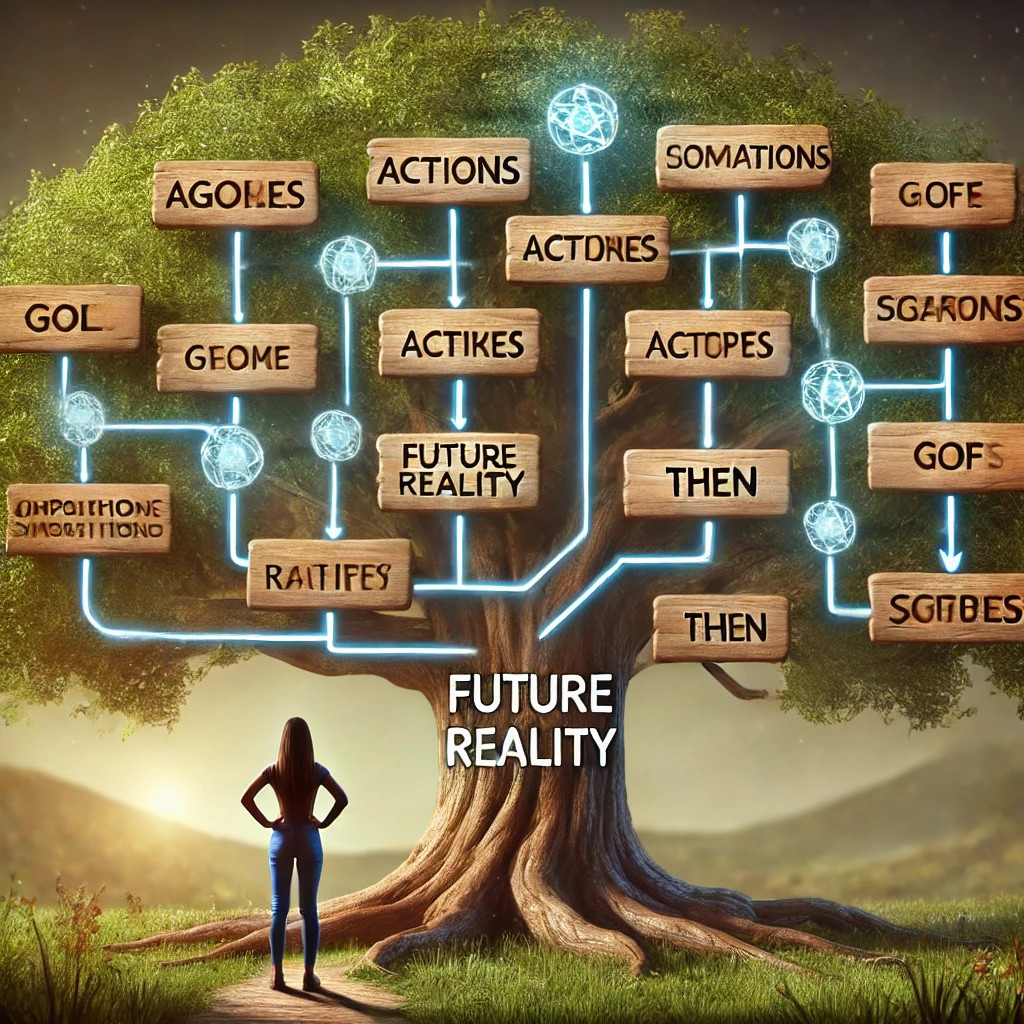
Let’s dive into this powerful tool and see how it can guide you toward your goals in a simple, understandable way.
What is the Future Reality Tree?
The Future Reality Tree (FRT) is a thinking method that allows you to map out your desired future, step by step. It’s based on If-Then reasoning, where you think about what needs to happen (the "if") and what the outcome will be (the "then"). This method helps you see how different actions and decisions connect to create the reality you want.
In simple terms, the Future Reality Tree is like a roadmap for achieving your dreams. You start with a big goal (the future reality) and then break it down into smaller, more manageable steps using If-Then thinking.
How Does the Future Reality Tree Work?
Imagine you want to improve your health, and your big goal is to become more fit and active. To use the Future Reality Tree, you’d start by thinking of your goal as the “future reality” at the top of the tree. From there, you break down the steps needed to get there, creating branches that lead to your end goal.
Each branch of the tree represents an action (the "if") that will help you reach your goal (the "then"). Here’s a simple breakdown of how you might use the Future Reality Tree for your fitness goal:
1. Future Reality: "I am healthy and fit."
This is your desired end result. Now, let’s break it down into steps.
2. If I work out three times a week, then I will increase my strength and endurance.
3. If I eat a balanced diet with lots of vegetables, then I will feel more energetic.
4. If I get at least 7 hours of sleep each night, then my body will recover and improve faster.
Each of these smaller actions (the "if" statements) helps you achieve your bigger goal (the "then" statements), which is becoming healthy and fit. The Future Reality Tree connects each of these steps logically, showing how they all work together to help you get to your destination.
Why is the Future Reality Tree So Useful?
1. Clarity and Focus
The Future Reality Tree helps you break down a complex goal into simple, actionable steps. This makes the goal less overwhelming and helps you stay focused on what needs to be done next. Instead of just dreaming about a goal, you can see exactly what actions will take you there.
2. Visualizes Your Path to Success
Seeing your goal laid out as a tree makes it easier to understand how all the pieces fit together. You can see how your actions today will create the future you want tomorrow. This visualization helps keep you motivated because you can clearly see the steps needed to make your dream a reality.
3. Connects Actions with Results
Each branch of the Future Reality Tree shows you how your actions lead to specific results. By understanding these connections, you can make better decisions and avoid getting stuck. It’s all about cause and effect. For example, you know that if you exercise regularly, the result will be increased strength. The clearer you are about the "if-then" relationships, the more effective your actions will be.
4. Helps You Stay on Track
When you encounter challenges or setbacks, the Future Reality Tree gives you a clear reminder of the steps you need to take to get back on track. If something doesn’t work, you can adjust your approach by changing a branch or adding a new action to get closer to your goal.
How to Create Your Own Future Reality Tree
Creating a Future Reality Tree for your own goals is easy! Here’s how you can do it in a few simple steps:
1. Identify Your Goal (Future Reality)
Start by thinking about your ultimate goal. This is your “future reality,” the big vision you’re working toward. It could be anything from improving your health to starting your own business or learning a new skill.
2. Break It Down into Smaller Actions
Now, think about the actions you need to take to reach that goal. What steps will lead you to success? Use the If-Then reasoning to break your goal into smaller, manageable tasks. For each action, ask yourself, “If I do this, then what will happen?”
3. Create the Tree Structure
Draw your Future Reality Tree with your main goal at the top. Then, create branches that represent the smaller steps needed to reach that goal. Each branch should connect back to your main goal, showing how those actions will help you achieve your desired outcome.
4. Stay Flexible
Sometimes, things don’t go according to plan, and that’s okay. The Future Reality Tree isn’t set in stone. If you encounter new obstacles or ideas, adjust your branches and actions as needed to keep moving toward your goal.
Example: A Career Goal
Let’s say you have a career goal: “I want to become a manager at work.”
1. Future Reality: "I am a manager at my company."
2. If I take on more responsibility at work, then I will show that I am ready for a leadership role.
3. If I take a leadership course, then I will develop the skills needed to manage a team.
4. If I build relationships with key decision-makers, then I’ll have more opportunities for career advancement.
Each action gets you closer to your goal of becoming a manager.
Conclusion
The Future Reality Tree is a powerful way to break down big goals into small, manageable actions. By using If-Then thinking, you can see the logical steps needed to create the reality you desire. It helps you stay focused, stay on track, and understand the cause-and-effect relationships between your actions and your outcomes.
Next time you set a goal, try building your own Future Reality Tree. It will give you a clear path forward and help you take actionable steps to turn your dreams into reality.
What is If-Then Reasoning
Understanding If-Then Reasoning: A Simple Way to Think About Life
Life is full of decisions. Every moment, you are making choices that shape your reality, whether you’re aware of it or not. One simple way to understand and navigate those decisions is by using a powerful method called "If-Then reasoning." Let's break it down in easy-to-understand terms and see how it can help you make better decisions, solve problems, and create the life you want.
What is If-Then Reasoning?
At its core, If-Then reasoning is a logical way of thinking that connects situations and actions. It’s like a mental formula:
If something happens, then another thing will happen as a result.
In other words, it's a way of predicting outcomes based on specific actions or events. It helps us understand the cause-and-effect relationship between things. You can use this type of reasoning every day, in almost any situation, to make smarter decisions and figure out how your actions influence the world around you.
Breaking it Down: A Simple Example
Let’s take a simple scenario:
If I eat too much junk food, then I might feel sluggish and gain weight.
This statement makes it clear that eating junk food (the "if") can lead to feeling tired and gaining weight (the "then"). It shows a cause-and-effect relationship between your actions and the outcome. Understanding this connection helps you make better decisions, like choosing healthier food to feel more energetic and avoid unwanted weight gain.
How If-Then Reasoning Helps You Understand the World
Clarity in Decision-Making
When you think in terms of "if-then," it helps you clarify the potential consequences of your choices. For instance:
If I wake up early, then I’ll have more time to work on my goals before the day gets busy.
If I ignore my finances, then I may struggle with money later.
Seeing the possible "then" helps you make decisions with confidence. You can think about what you want to achieve (the “then”) and choose actions (the “if”) that will get you closer to that goal.
Problem-Solving Made Easy
If-then reasoning is a great tool for solving problems. Let’s say you're trying to fix a broken phone. You might use reasoning like:
If I restart the phone, then it might fix the issue.
If restarting doesn’t work, then I’ll try charging the battery.
By breaking the problem into smaller, manageable steps, you can clearly see how each action might lead to a solution. It helps you avoid feeling overwhelmed by focusing on one logical step at a time.
Predicting Outcomes
If-then thinking is also helpful when you want to predict how different situations might unfold. For example:
If I practice a new skill every day, then I’ll get better over time.
If I invest in my health, then I’ll likely feel more energetic and live a longer life.
By thinking about the “if” and the “then,” you can make choices that are aligned with your long-term goals and values.
Applying If-Then Reasoning to Your Everyday Life
You can use If-Then reasoning to think about almost anything, from personal goals to social situations. It helps you avoid knee-jerk reactions and makes you consider the bigger picture. Here are some examples:
If I take a break every hour while working, then I’ll feel more focused and productive.
If I practice gratitude daily, then I’ll feel happier and more content.
If I plan my day ahead of time, then I’ll have more free time to relax.
By using If-Then reasoning, you start to see the world more logically. You recognize that your choices and actions create the results you experience.
How If-Then Thinking Builds a Better Future
Thinking in terms of If-Then can help you make proactive choices instead of reactive ones. By considering how your actions today will impact your future, you can make decisions that bring you closer to your dreams. It’s about taking control of your life and understanding that your decisions have power.
For example:
If I invest in my education today, then I’ll have better job opportunities tomorrow.
If I spend time nurturing my relationships, then I’ll build a strong support network that will last for years.
By using If-Then reasoning, you can consciously shape your future, step by step.
The Power of Positive If-Then Thinking
One key thing to keep in mind is that your “if” doesn’t always have to be something negative or restrictive. In fact, If-Then reasoning can be a tool to help you create positive habits.
If I spend 15 minutes a day meditating, then I’ll feel more at peace.
If I set aside time to read, then I’ll expand my knowledge and perspective.
By framing your actions in a positive light, you are reinforcing healthy, empowering habits that can transform your life.
Conclusion
If-Then reasoning is a simple, effective way to understand how the world works. It’s a tool that helps you make decisions with clarity, solve problems efficiently, and predict the outcomes of your actions. By applying this way of thinking to your everyday life, you can take charge of your future, one logical step at a time.
So, next time you face a decision, big or small, ask yourself: If I do this, then what will happen? The more you practice this way of thinking, the better you’ll become at creating the life you want.
The Mastery Code
The Mastery Code
In "The Mastery Code," renowned behavioral expert Abraham Adams unveils a groundbreaking approach to understanding and overcoming self-sabotage. Drawing from decades of research and work with thousands of individuals across different fields, Adams presents a sophisticated framework for transforming unconscious self-limiting patterns into powerful drivers of success.
This isn't just another self-help book—it's a comprehensive guide to rewiring the fundamental patterns that keep us from reaching our full potential. Through precise protocols and evidence-based strategies, readers learn to identify their unique self-sabotage patterns, understand the psychology behind them, and implement proven systems for lasting transformation.
Adams introduces revolutionary concepts like "Success Integration Architecture" and "Pattern Intelligence Protocols," providing readers with practical tools for breaking through performance plateaus and achieving unprecedented levels of success. Whether you're a professional seeking to advance your career, an entrepreneur working to scale your impact, or someone committed to personal growth, "The Mastery Code" offers a clear path forward.
What sets this book apart is its integration of cutting-edge behavioral science with practical application. Readers don't just learn why they self-sabotage—they receive a complete system for transformation, including:
- Sophisticated frameworks for identifying and interrupting self-sabotage patterns
- Evidence-based protocols for building unshakeable mental foundations
- Advanced strategies for maintaining momentum through challenges
- Practical tools for turning small wins into extraordinary achievements
- Professional empowerment techniques for career advancement
- Systems for sustainable excellence in any field
Perfect for readers of "Atomic Habits" and "Mindset," this book goes beyond simple habit change to address the root causes of self-limitation. Through engaging case studies, practical exercises, and clear action steps, "The Mastery Code" provides a roadmap for anyone ready to break free from self-imposed limitations and step into their full potential.
The Masters of Gratitude
The Masters of Gratitude
What if the key to profound life transformation was already within your reach? What if a simple yet powerful practice could revolutionize every aspect of your life - from your morning routine to your relationships, from your workplace success to your financial abundance?
"The Masters of Gratitude" takes you on a transformative journey through the science and practice of conscious appreciation. Written specifically for women navigating today's complex world, this comprehensive guide reveals how gratitude can become a powerful force for personal and professional transformation.
Through thirteen carefully crafted chapters, the book explores how gratitude practice can:
Transform your daily routines into sacred rituals
Free you from the comparison trap that diminishes self-worth
Create powerful morning practices that set the tone for your entire day
Enhance your workplace success and professional relationships
Support you through the unique challenges of motherhood
Revolutionize your relationship with your body and physical well-being
Create sustainable financial abundance through appreciation
Help you navigate life's seasons and transitions with grace
Build lasting legacies that benefit future generations
Drawing on cutting-edge research in neuroscience, psychology, and behavioral economics, combined with real-world stories of women who have mastered the art of gratitude, this book offers both practical techniques and profound insights for creating lasting positive change.
Each chapter includes:
Ground-breaking research from leading experts
Real-life case studies and personal stories
Practical exercises and implementation strategies
"Thoughts to Steer By" - key insights for integrating each chapter's wisdom
Whether you're seeking greater personal fulfillment, professional success, or deeper relationships, "The Masters of Gratitude" provides a clear roadmap for using appreciation to create the life you desire. This isn't just another book about positive thinking – it's a practical guide to profound transformation through the power of conscious gratitude.
Welcome to your gratitude revolution.
To Do List Journal
To Do List Journal
Undated Professional Planner – A Structured Approach to Productivity
Enhance your efficiency and organization with this **strategically designed 4-month planner**, created for professionals, entrepreneurs, and individuals who value structure and productivity.
Key Features:
✅ **Comprehensive Monthly Planning** – Each month begins with a **dedicated monthly planner**, allowing for clear goal-setting, appointment tracking, and strategic scheduling.
✅ **Daily Structure for Maximum Efficiency** – Each day is thoughtfully divided into two essential pages:
- **Daily Schedule Page** – A well-organized format for managing tasks, meetings, and priorities efficiently.
- **Notes & Reflection Page** – Ample space for meeting notes, brainstorming, strategy development, or capturing key insights.
✅ **Quarterly Productivity Framework** – Designed as a **4-month planner**, this format aligns with business quarters, making it an ideal tool for project management, performance tracking, and goal execution.
✅ **Undated for Flexibility** – Start anytime and structure your workflow according to your needs, ensuring no wasted pages.
This planner is an essential tool for professionals seeking **streamlined organization, effective time management, and a structured approach to achieving their goals**.



More gold has been mined from the thoughts of men than has ever been taken from the earth. Napoleon Hill
Reflection on Napoleon Hill’s Quote
"More gold has been mined from the thoughts of men than has ever been taken from the earth." – Napoleon Hill
This powerful observation by Napoleon Hill highlights the boundless potential of human thought. Unlike the finite resources of the earth, the wealth generated by ideas, creativity, and innovation is limitless, continuously reshaping the world.
The Value of Thought
1. Ideas as Wealth
History has shown that groundbreaking ideas—whether in science, technology, or art—can create immense value and transform society. From the invention of the wheel to the development of the internet, human thought has been the source of progress and prosperity.
2. Infinite Potential
While material resources are finite, the capacity of the human mind is infinite. Each individual has the potential to conceive ideas that can change lives and create abundance.
3. Enduring Impact
Unlike physical gold, which depletes over time, the ideas and knowledge born from thought have a lasting impact, benefiting generations.
Mining the Gold of Thought
To "mine" the wealth of our thoughts, we must cultivate a mindset that encourages creativity, exploration, and growth.
1. Nurture Creativity
Create space for brainstorming and innovation. Let your mind wander into uncharted territories where new ideas can emerge.
2. Practice Reflection
Dedicate time to think deeply about your goals, challenges, and opportunities. Reflection helps uncover insights that might otherwise remain hidden.
3. Seek Knowledge
Expand your mental horizons by learning from books, people, and experiences. Knowledge feeds the mind, enabling it to generate even greater value.
4. Take Action
Ideas alone are not enough; acting on them transforms potential into tangible results.
Examples of Thought as Gold
- Entrepreneurs: Visionaries like Elon Musk or Steve Jobs turned their ideas into industries that revolutionized technology and the way we live.
- Writers and Philosophers: Great minds like Shakespeare and Aristotle left a legacy of thought that continues to inspire and educate.
- Everyday Problem-Solvers: Small ideas, such as finding an efficient way to complete a task, can save time, money, and energy.
Unlocking Your Mental Wealth
1. Focus on Possibilities
Train your mind to look for opportunities instead of limitations.
2. Cultivate Resilience
Some of the most valuable ideas come from moments of adversity. Perseverance is key.
3. Share Your Ideas
Collaboration amplifies the value of thoughts, turning individual ideas into collective success.
Conclusion
Napoleon Hill’s words remind us that the greatest treasures lie within us. By tapping into the power of our thoughts, we can generate wealth far more enduring than material riches.
The mind, when nurtured and directed, becomes an inexhaustible source of value—not only for the individual but for the world.
Start mining your thoughts today, and you may uncover gold beyond measure.
A man is a product of his thoughts, what he thinks he becomes
**Reflection on Mahatma Gandhi’s Quote**
"A man is but the product of his thoughts; what he thinks, he becomes." – Mahatma Gandhi
This powerful statement by Mahatma Gandhi underscores the transformative role of thoughts in shaping our lives. Our thoughts are not just fleeting mental activities; they are the foundation of our identity, actions, and ultimately, our destiny.
---
**The Power of Thoughts**
Our thoughts serve as the blueprint for the life we build. They influence:
- **Beliefs**: Repeated thoughts solidify into core beliefs that shape our self-perception and worldview.
- **Actions**: Thoughts guide our choices, behaviors, and habits. Positive, empowering thoughts inspire productive actions, while negative ones can lead to self-limiting behaviors.
- **Outcomes**: Over time, the alignment of our thoughts and actions creates the reality we experience.
---
**What It Means to Become What We Think**
1. **Self-Fulfilling Prophecies**
When we consistently think about success, growth, and possibilities, our actions align with those thoughts, increasing the likelihood of achieving our goals. Conversely, focusing on failure or inadequacy often perpetuates those outcomes.
2. **Energy and Focus**
Our thoughts direct where we invest our energy. For example, a person who thinks positively about their abilities will focus on opportunities rather than obstacles.
3. **Personal Growth**
By thinking intentionally about who we want to become, we can adopt habits, skills, and mindsets that support that vision.
---
**Cultivating Empowering Thoughts**
1. **Practice Positive Affirmations**
Reinforce empowering beliefs by regularly repeating affirmations like, “I am capable,” or, “I am growing every day.”
2. **Challenge Negative Thinking**
Recognize and question limiting thoughts. Replace “I can’t do this” with “I will find a way to do this.”
3. **Visualize Your Goals**
Spend time imagining yourself achieving your aspirations. Visualization helps align your thoughts and actions with your desired outcomes.
4. **Feed Your Mind with Positivity**
Surround yourself with uplifting influences, such as inspiring books, people, and experiences, to nurture positive thinking.
---
**Examples in Practice**
- **Personal Development**: If you think of yourself as a lifelong learner, you’ll naturally seek out opportunities to grow, leading to personal and professional advancement.
- **Overcoming Challenges**: Focusing on thoughts like, “I can adapt and persevere,” helps you navigate difficulties with resilience.
---
**Conclusion**
Mahatma Gandhi’s wisdom reminds us of the immense power of our thoughts. By consciously shaping our mental narrative, we have the ability to create a life that aligns with our aspirations. To think positively and intentionally is to take control of our destiny. Indeed, what we think, we truly become.
The Greatest weapon against stress is our ability to choose one thought over another. William james
**Reflection on William James’ Quote**
"The greatest weapon against stress is our ability to choose one thought over another." – William James
This insightful quote from William James highlights a profound truth: the power to manage stress lies within our own minds. By consciously selecting our thoughts, we can transform how we experience and respond to life’s challenges.
---
**Stress and the Role of Thoughts**
Stress is often less about the external situation and more about how we perceive it. Our thoughts shape our emotional responses and dictate whether we feel overwhelmed or empowered.
- **Negative Thoughts**: Amplify stress by focusing on fears, doubts, and worst-case scenarios.
- **Positive or Neutral Thoughts**: Diminish stress by fostering calm, perspective, and solutions.
The ability to choose our thoughts gives us control over how we interpret and handle stressful situations.
---
**Why Choosing Thoughts Reduces Stress**
1. **Reframing Perspective**
By consciously choosing thoughts like, “This is an opportunity to grow,” instead of, “This is impossible,” we shift our mindset from helplessness to empowerment.
2. **Interrupting Negative Loops**
Stress often comes from repetitive, unproductive thoughts. Replacing these with constructive ones helps break the cycle.
3. **Promoting Emotional Regulation**
Positive thoughts trigger calming emotions, reducing the physiological effects of stress, such as a racing heart or tense muscles.
---
**Practical Ways to Choose Better Thoughts**
1. **Practice Mindfulness**
Awareness of your thoughts is the first step. Pause, observe your thinking, and ask, “Is this thought helping or hurting me?”
2. **Use Affirmations**
Replace stress-inducing thoughts with affirmations like, “I am capable of handling this,” or, “I will focus on what I can control.”
3. **Reframe Challenges**
Instead of thinking, “This is too much,” try, “I can take this one step at a time.”
4. **Focus on Solutions**
Shift from dwelling on the problem to brainstorming actionable steps to resolve it.
---
**Examples of Thought Choice in Action**
- **During a Busy Day**: Replace “I’m too busy” with “I’m grateful to have meaningful tasks to complete.”
- **Facing a Challenge**: Replace “I’ll never succeed” with “I’ll learn as I go.”
---
**Conclusion**
William James’ wisdom reminds us that while we can’t always control external circumstances, we can control how we think about them. The ability to choose one thought over another is a powerful weapon, enabling us to reduce stress, build resilience, and navigate life’s challenges with clarity and strength. By practicing mindful thought selection, we can create a calmer, more intentional, and fulfilling life.
It takes one positive thought, when given a chance to survive and thrive, to overpower an entire army of negative thoughts. Robert H. Schuller
**Reflection on Robert H. Schuller’s Quote**
"It takes one positive thought, when given a chance to survive and thrive, to overpower an entire army of negative thoughts." – Robert H. Schuller
This inspiring quote highlights the transformative power of positivity, even in the face of overwhelming negativity. Schuller reminds us that a single positive thought has the potential to ignite hope, build resilience, and shift our mindset toward growth and success.
---
**The Strength of Positivity**
Positive thinking is not just a fleeting emotion—it’s a mental shift that rewires how we perceive challenges and setbacks. A single positive thought, when nurtured, can:
- **Break Negative Cycles**: Replace self-doubt and fear with confidence and hope.
- **Inspire Action**: Motivate us to move forward, even in difficult circumstances.
- **Strengthen Resilience**: Equip us to withstand adversity by focusing on possibilities rather than obstacles.
---
**Why Positivity Can Overpower Negativity**
1. **Focus and Amplification**
Our minds tend to amplify whatever we focus on. Choosing to focus on positivity can dilute and diminish the influence of negative thoughts.
2. **Momentum of Optimism**
A positive thought encourages action, which leads to progress. Progress reinforces positivity, creating a cycle of growth and success.
3. **Emotional Resilience**
Positivity builds emotional strength, helping us respond to challenges with calmness and creativity rather than fear or despair.
---
**How to Give Positive Thoughts a Chance**
1. **Cultivate Gratitude**
Focus on the things you are grateful for. Gratitude helps shift the focus from what’s wrong to what’s right.
2. **Challenge Negative Thoughts**
When negativity arises, question its validity. Replace “I can’t” with “What if I try?”
3. **Feed Positivity**
Surround yourself with uplifting people, read inspirational content, and engage in activities that nurture optimism.
4. **Celebrate Small Wins**
Recognizing even minor achievements helps reinforce a positive mindset and builds momentum.
---
**Examples of Positivity’s Impact**
- **In Adversity**: A single thought like “I can learn from this” can turn a setback into a stepping stone.
- **In Daily Life**: Reframing “I have too much to do” as “I get to accomplish so much today” transforms stress into motivation.
---
**Conclusion**
Robert H. Schuller’s words remind us that positivity is a powerful force capable of outshining the darkest doubts. By nurturing even one positive thought and giving it the chance to grow, we can change the narrative of our lives. This simple yet profound practice has the potential to transform challenges into opportunities and pave the way for a brighter, more fulfilling future.
- Audio Articles
- Audio Articles 1
- Audio Articles 2
- Audio Articles 3
- Audio Articles 4

7 Daily Disciplines That Transform Your Life
The power to act with intention, to align your actions with your values, and to move steadily toward a life of purpose—even on days you don't feel like it.
Read Full Article
How to Build Unbreakable Discipline
Discipline is built—habit by habit, choice by choice, day by day. And the most powerful kind? The kind that doesn’t crack under pressure. The kind that becomes part of who you are.
Read Full Article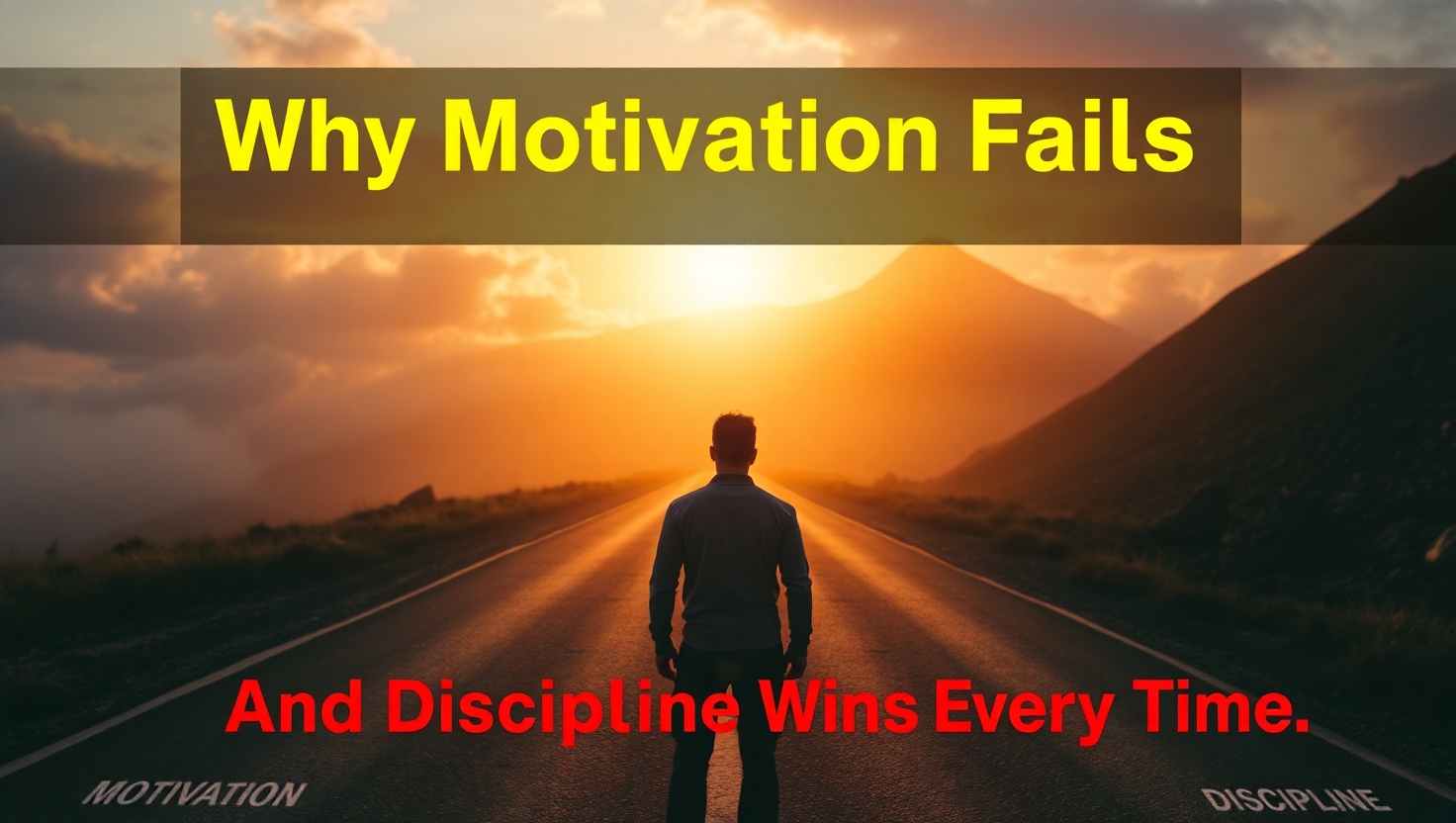
Why Motivation Fails And Discipline Wins Every Time
We all love the feeling of motivation—that surge of energy, that rush of inspiration that makes everything seem possible. But here’s the problem: motivation is unreliable. It’s emotional. It comes and goes. And if your goals rely on you “feeling like it,” you’re already in trouble.
Read Full Article
Discipline Over Desire
Desire is loud. It burns bright, talks fast, and loves to dream. But desire alone doesn't achieve much. Every person has desires. Very few have the discipline to bring them to life.
Read Full Article
The Science of Sticking
If you've ever tried to build a new habit, you've probably heard that it takes 21 days. This number gets thrown around so often that it feels like scientific fact.
Read Full Article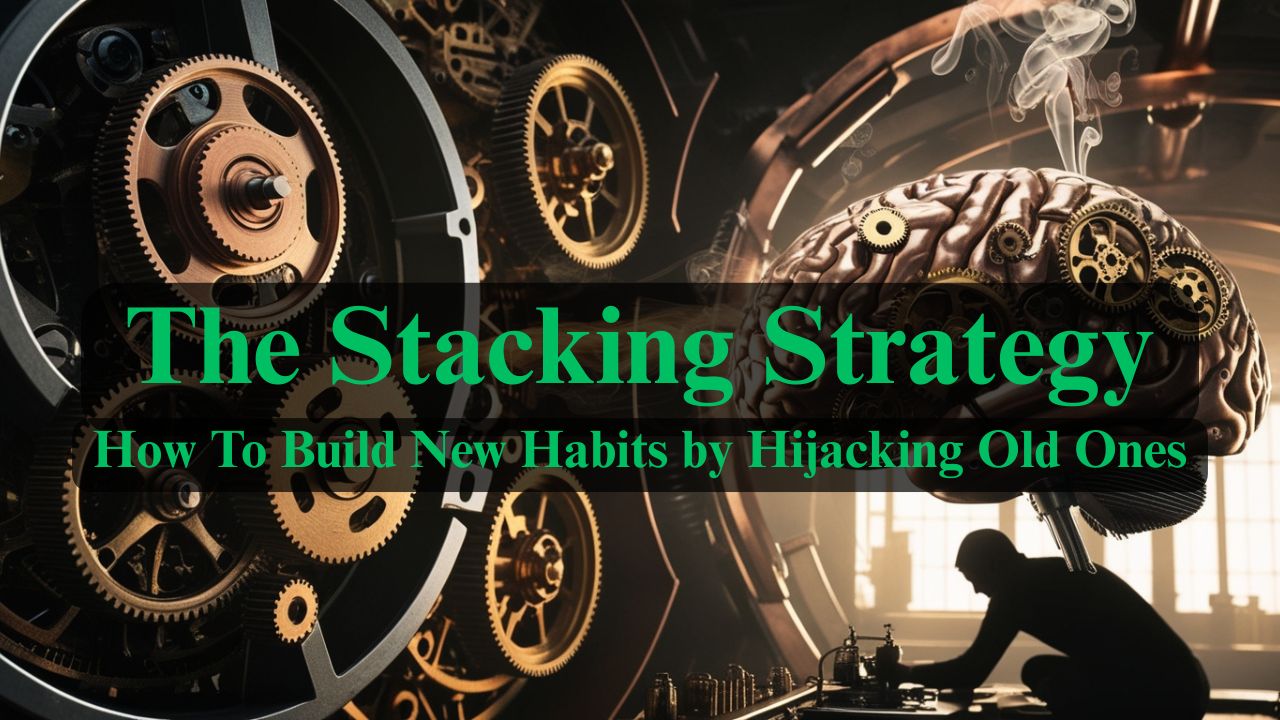
The Stacking Strategy
What if I told you that the habits you already have—even the ones you consider "bad"—could become the secret weapons for building the habits you want?
Read Full Article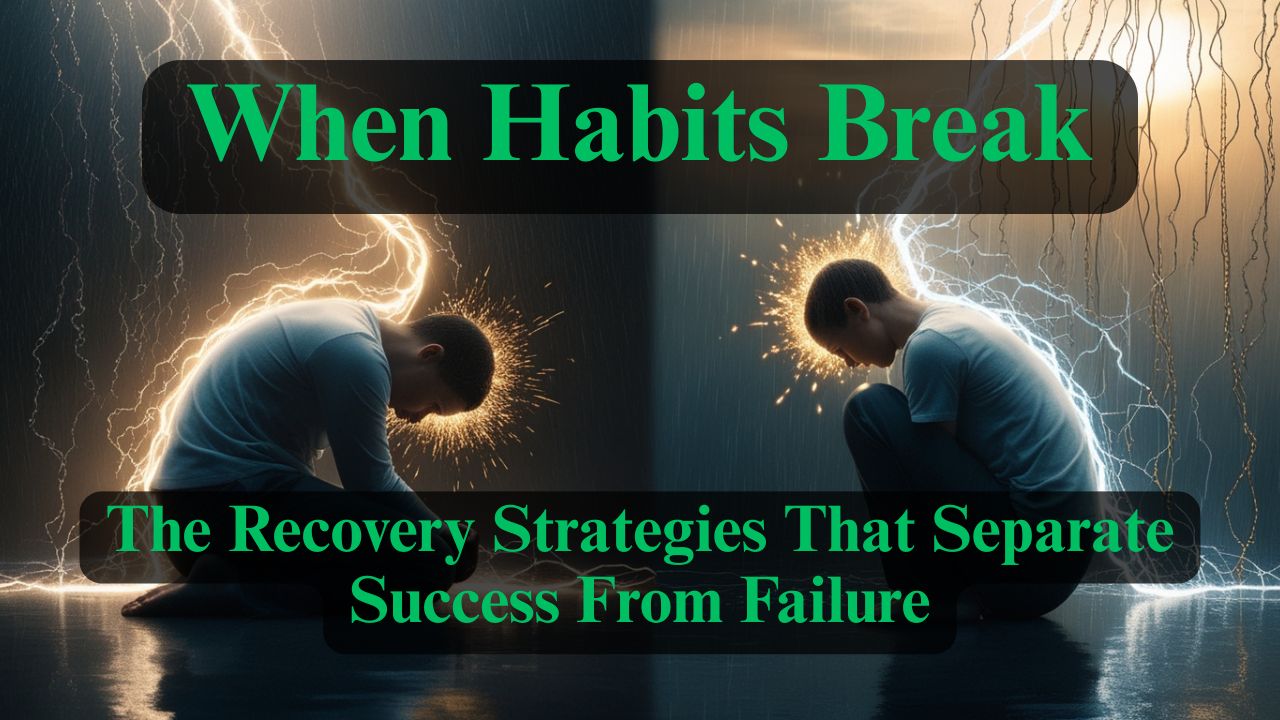
When Habits Fail - The Recovery Strategies That Separate Success From Failure
Here's what nobody tells you about building habits: you will fail. You'll miss days. You'll fall off track. You'll have weeks where everything falls apart.
Read Full Article
The Ultimate System - Designing a Life Where Good Habits Are Inevitable
You've learned to recognize habits, understand their formation timeline, stack them strategically, and recover from setbacks.
Read Full Article


